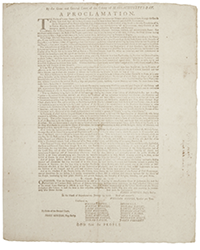Dr. Jörn Günther Rare Books is proud to announce the exclusive exhibition, Timeless Couture: The Art of Dress in Medieval Manuscripts, in its gallery space from June 16–20, 2025 during Art Basel.
Timeless Couture takes visitors on a captivating journey into the visual world of medieval manuscripts, which served not only as written records but also as vibrant windows into an era of elegance and artistic mastery. The exhibited manuscripts offer a unique glimpse into the culture, values, and craftsmanship of the Middle Ages, revealing how fashion in that time was far more than mere clothing – it reflected power, social structure, and spiritual significance.
At the heart of the exhibition is an impressive collection of illuminated manuscripts, vividly showcasing the diversity and artistry of medieval fashion. These exquisite depictions offer a deeper understanding of historical high fashion and its many meanings. Historical, literary, and religious figures appear throughout these precious objects: an allegorical knight in Evrart de Trémaugon’s Songe du Vergier (fig. 2), or a breath-taking close-up of Mary Magdalen in a Book of Hours (fig. 3), both bearing witness to the central role of clothing and fabrics across all genres of medieval text. Clothing in this era was not only a symbol of status but also a means of expressing power, religious devotion, and social identity.
Colors represented virtues, and intricate embroidery conveyed holiness or moral values. Even seemingly straightforward depictions, such as that of the Virgin Mary, reveal a highly codified system of symbolism: her colours – blue, gold, red, and white – were key indicators to a medieval viewer of her multi-faceted identity as mother, virgin, and Queen of Heaven. These visual codes went far beyond mere style; they communicated the beliefs, values, and position of the wearer within the broader social and spiritual framework of the time. The exhibition also highlights how medieval fashion continues to resonate in the modern world. Designers such as Dior, Alexander McQueen, Valentino, and Jean Paul Gaultier frequently draw inspiration from medieval manuscripts, blending historical heritage with avant-garde creativity. One of the most striking connections between medieval and modern fashion is the revival of textures and fabric structures depicted in these manuscripts. The voluminous, draped robes of monarchs and the complex textile layers seen in the manuscripts echo in today’s couture collections. From dramatic fabric manipulation to structured silhouettes, contemporary fashion continues to reinterpret medieval aesthetics in innovative and contemporary ways. Timeless Couture invites visitors to explore the boundaries between tradition and innovation, offering a fresh perspective on the timeless beauty of medieval art.
Mary Magdalene wears only her golden hair on the left; on the right Dior’s golden-feathered gown brings a modern splendour to the look.
The exhibition will run from Monday, June 16 - Friday, June 20, 2025. Hours are 10:00 a.m. - 5:00 p.m. Appointments should be made in advance. Telephone +41 61 275 75 75. info@guenther-rarebooks.com
Dr. Jörn Günther Rare Books AG is a world leading specialist dealer of medieval manuscripts, miniatures and single leaves of vellum. Our inventory represents the finest private stock of manuscript masterpieces in the world. We support libraries, museums and book enthusiasts in building their collections. Our manuscripts set themselves apart through the quality of their artwork, their rarity and their impressive provenance, often including books owned by fascinating historical figures. Dr. Jörn Günther has accumulated 40 years of experience with Medieval Manuscripts, opening his first Antiquarian book store in Hamburg in 1990. Today, the gallery and company office can be found in the historical old town of Basel, Switzerland, located at Gemsberg 10. Our team of experts thoroughly investigates and documents every book and miniature for the benefit of our clients and collectors. We actively circulate our findings and participate in scholarly discourse.



![<b>Heritage, Dec. 15:</b> John Donne. <i>Poems, By J. D. With Elegies on the Author's Death.</i> London: M[iles]. F[lesher]. for John Marriot, 1633. <b>Heritage, Dec. 15:</b> John Donne. <i>Poems, By J. D. With Elegies on the Author's Death.</i> London: M[iles]. F[lesher]. for John Marriot, 1633.](https://ae-files.s3.amazonaws.com/AdvertisementPhotos/8caddaea-4c1f-47a7-9455-62f53af36e3f.jpg)
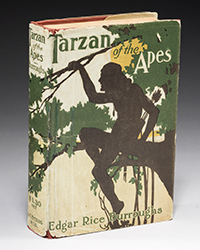
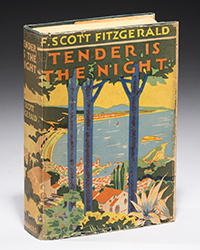
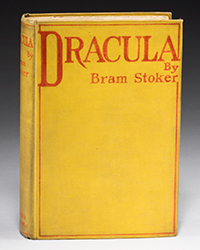
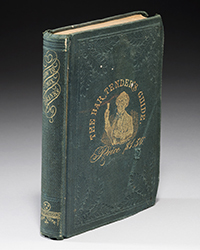

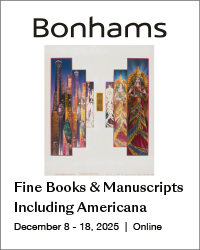

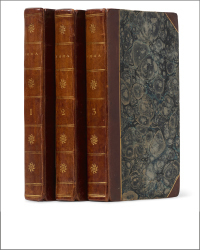
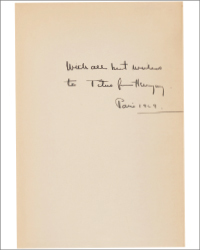
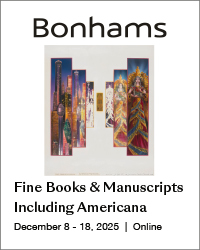
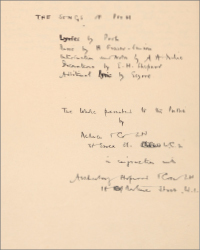

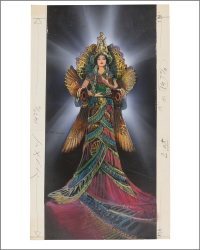
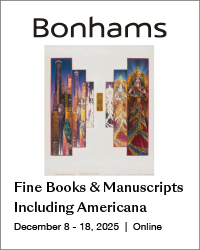
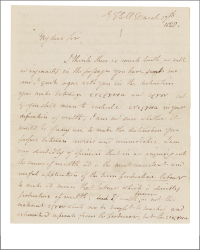
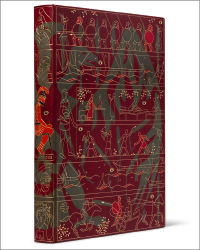
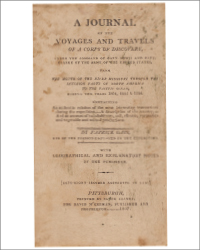

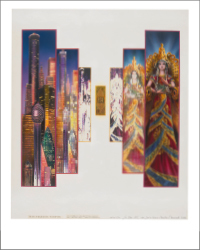
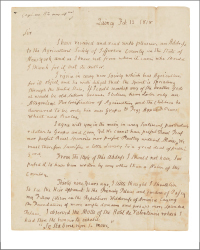

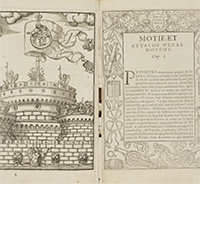
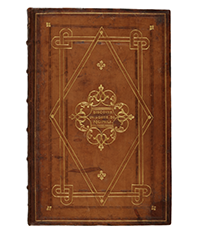
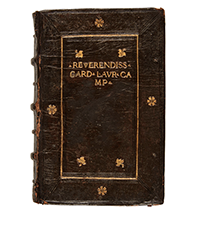
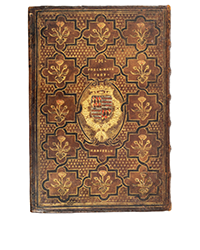

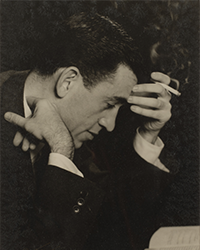
![<b>Sotheby’s, Dec. 16:</b> [Austen, Jane]. A handsome first edition of <i>Sense and Sensibility,</i> the author's first novel. $60,000 to $80,000. <b>Sotheby’s, Dec. 16:</b> [Austen, Jane]. A handsome first edition of <i>Sense and Sensibility,</i> the author's first novel. $60,000 to $80,000.](https://ae-files.s3.amazonaws.com/AdvertisementPhotos/9a74d9ff-42dd-46a1-8bb2-b636c4cec796.png)
